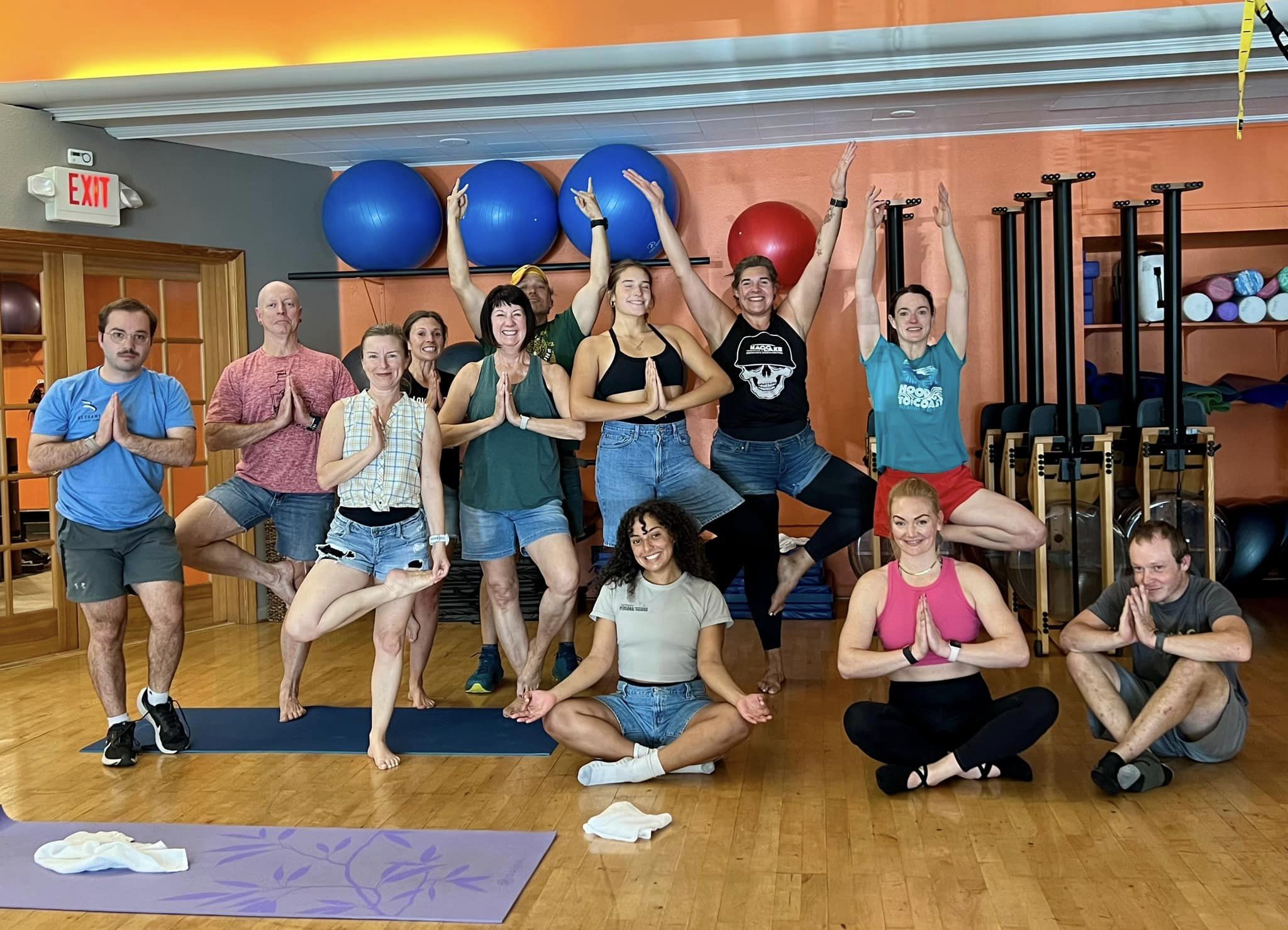Activity Based on Body Type

Many of us have been glued to the TV enjoying the Summer Olympics.
You may have noticed that many athletes who excel in a certain sport often have similar body types. Sprinters tend to be extremely muscular whereas endurance runners tend to be smaller and leaner. Basketball athletes are tall whereas gymnasts tend to be shorter. Even within a certain sport, you’ll notice differences. Front-row volleyball athletes tend to be very tall allowing them to be great blockers and hitters, whereas back-row Liberos tend to be small and quick making them great defensively for bumping, digging and picking up powerful hits.
Understanding your body type can provide valuable insights into the kinds of physical activities you may excel at and those that might be more challenging.
Typically, body types have been categorized into three primary types – ectomorph, mesomorph, and endomorph—although this is a very basic categorization. We can examine our bodies in many other ways such as flexible, rigid, taller, shorter, faster or slower. We all look and function differently and each of our bodies hold unique characteristics that can influence athletic performance and exercise preferences.
Three Primary Body Types:
Ectomorphs
Ectomorphs are typically characterized by a lean and long frame, with a fast metabolism that makes gaining weight difficult. They tend to have less muscle mass and body fat. Ectomorphs often excel in endurance activities such as long-distance running, cycling, and swimming due to their lighter frame, which can make sustained aerobic activity easier. An ectomorph can often excel in sports where height is an advantage, but a heavy frame is a disadvantage such as high-jump. However, they may struggle with activities requiring significant strength and power, such as weightlifting or sprinting. For ectomorphs, incorporating resistance training into their routine is essential to build muscle mass and enhance overall strength.
Mesomorphs
Mesomorphs have a more muscular and well-proportioned build, with a natural predisposition for muscle gain and strength. This body type tends to perform well in a variety of physical activities, from strength-based exercises like weightlifting and bodybuilding to high-intensity sports such as football, basketball, and sprinting. Mesomorphs often find it easier to gain muscle and lose fat, making them versatile athletes. Despite their natural advantages, mesomorphs should balance their workouts by including both strength and endurance training to maintain cardiovascular health and, mobility and flexibility to prevent overuse injuries.
Endomorphs
Endomorphs usually have a higher percentage of body fat and tend to gain weight easily and may struggle to lose it. Endomorphs can excel in activities where additional body fat is an advantage such as endurance swimming or activities where additional body fat is not a disadvantage such as archery. Endomorphs often excel in sports that require strength and power, such as weightlifting, shot put, discus, javelin, hammer throw, and powerlifting, due to their larger body mass and potential for muscle gain. Other sports with weight classes like wrestling also offer a level playing field and opportunities to excel for endomorphs. However, they may find endurance activities more challenging. To optimize fitness, endomorphs should focus on a mix of cardiovascular exercises to boost metabolism and promote fat loss, along with strength training to build and maintain muscle mass.
Flexible vs. Rigid
If you are naturally more flexible, you will lean towards yoga, dance and gymnastics. It’s the classic Yogi in a full straddle, forward-fold with chest to the floor. The question becomes, does that Yogi really need to spend that much more time working on their flexibility?! Yogis need to remember to balance workouts to include strength training to assure you can stabilize all the flexibility, and cardiovascular conditioning to assure your heart and lungs are strong. If you are naturally tight, you will probably not enjoy disciplines like Yoga or Pilates but understand that your body could benefit greatly from stretching and mobility training to assure ideal range of motion, alignment, posture and functional movement.
The general principle here is that we will lean towards the activities that we are naturally very good at, but it’s important to understand that the activities that we may not enjoy as much, may be the activities that we could benefit the most from.
By acknowledging your natural predispositions, you can tailor your workouts to enhance your strengths while addressing areas of improvement.
This balance helps prevent injury, avoid plateaus, and ensure a comprehensive fitness regimen that promotes long-term well-being.
Incorporating a variety of exercises not only maximizes physical benefits but also keeps workouts interesting and engaging. For instance, an ectomorph might integrate resistance training with their running routine, a mesomorph could add in yoga a couple times per week to balance their weightlifting and cardio sessions, and an endomorph might benefit from interval training that includes both cardio and strength exercises.
Ultimately, understanding your body type and adjusting your activities accordingly fosters a more effective, enjoyable, and sustainable fitness journey.
Yours in health & fitness,
Sherri McMillan

